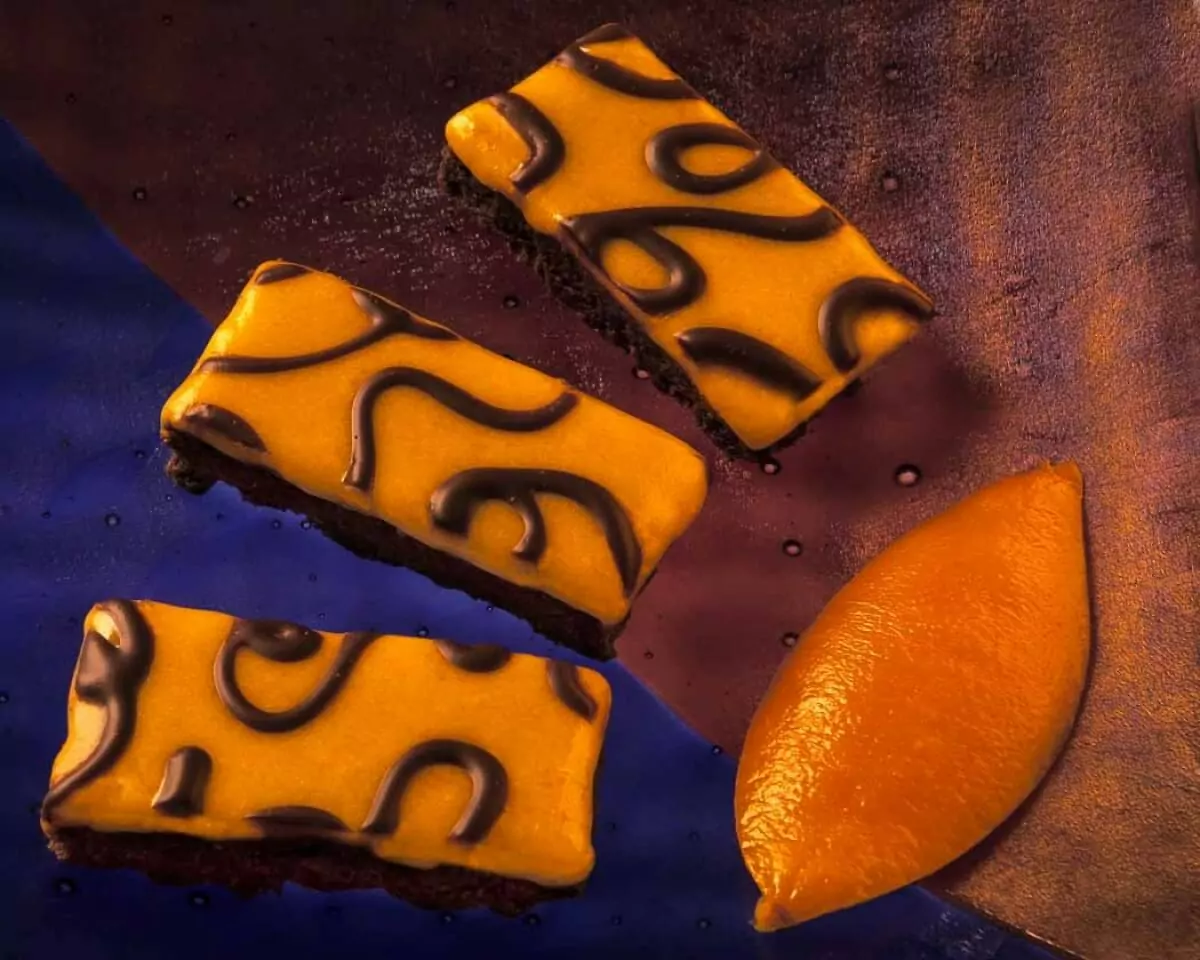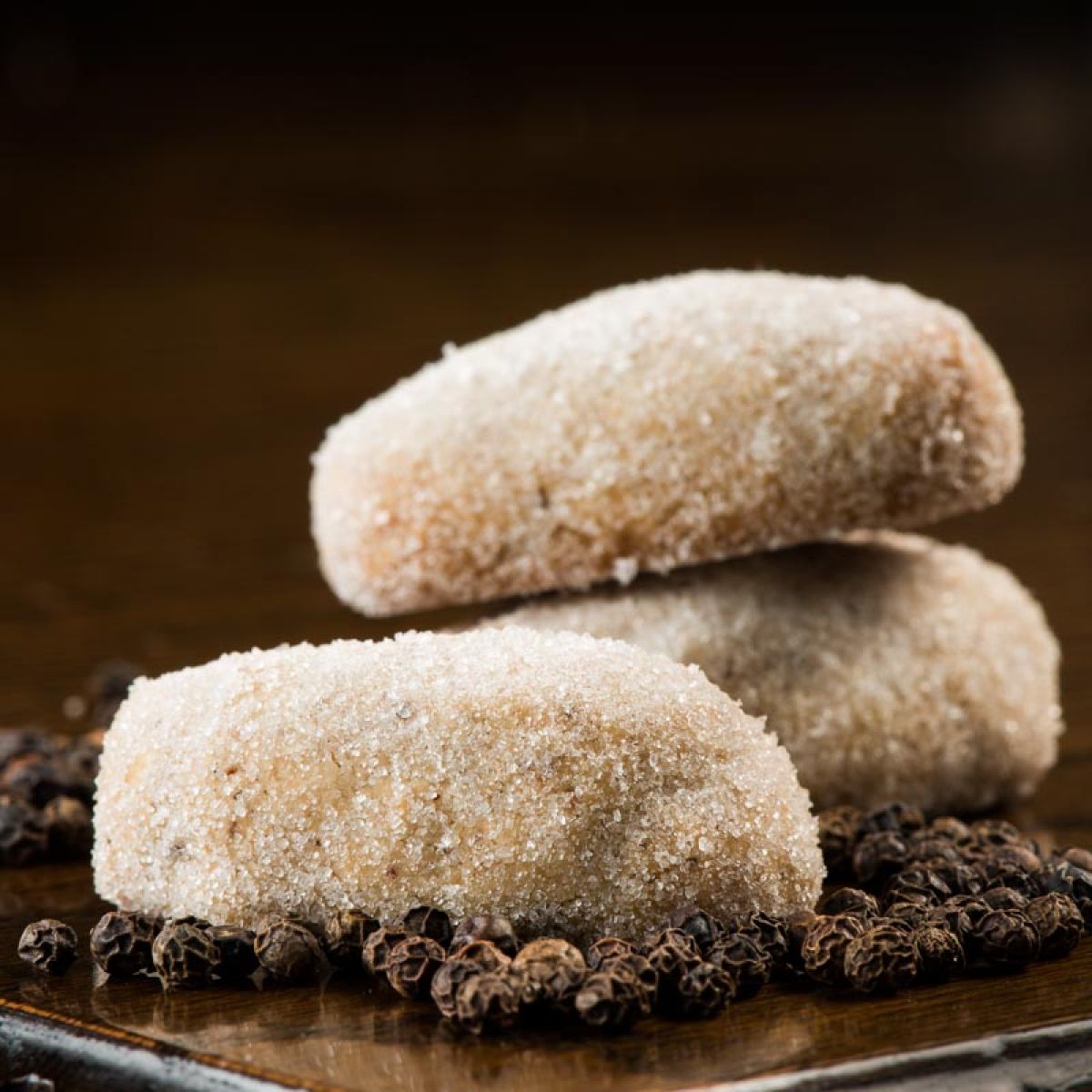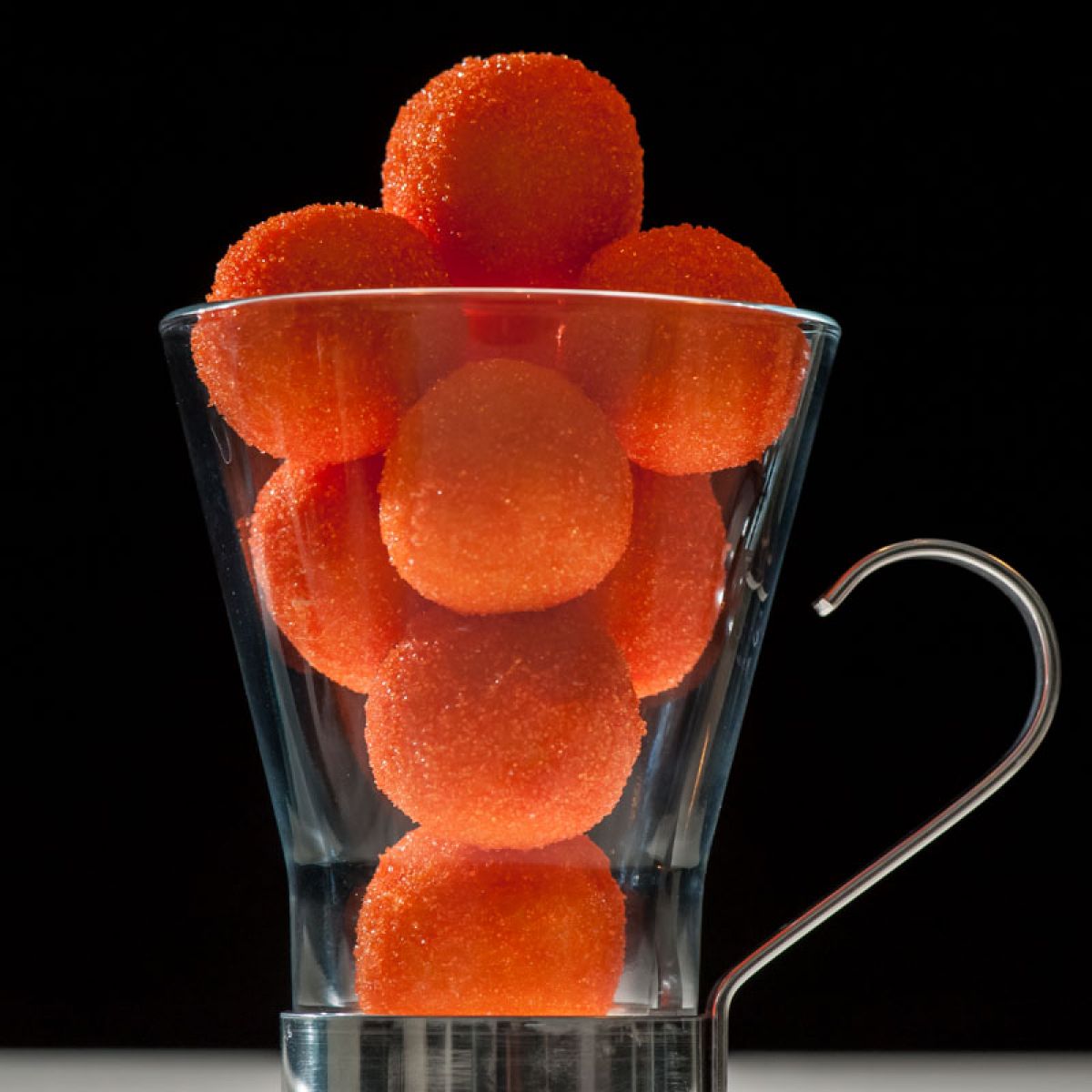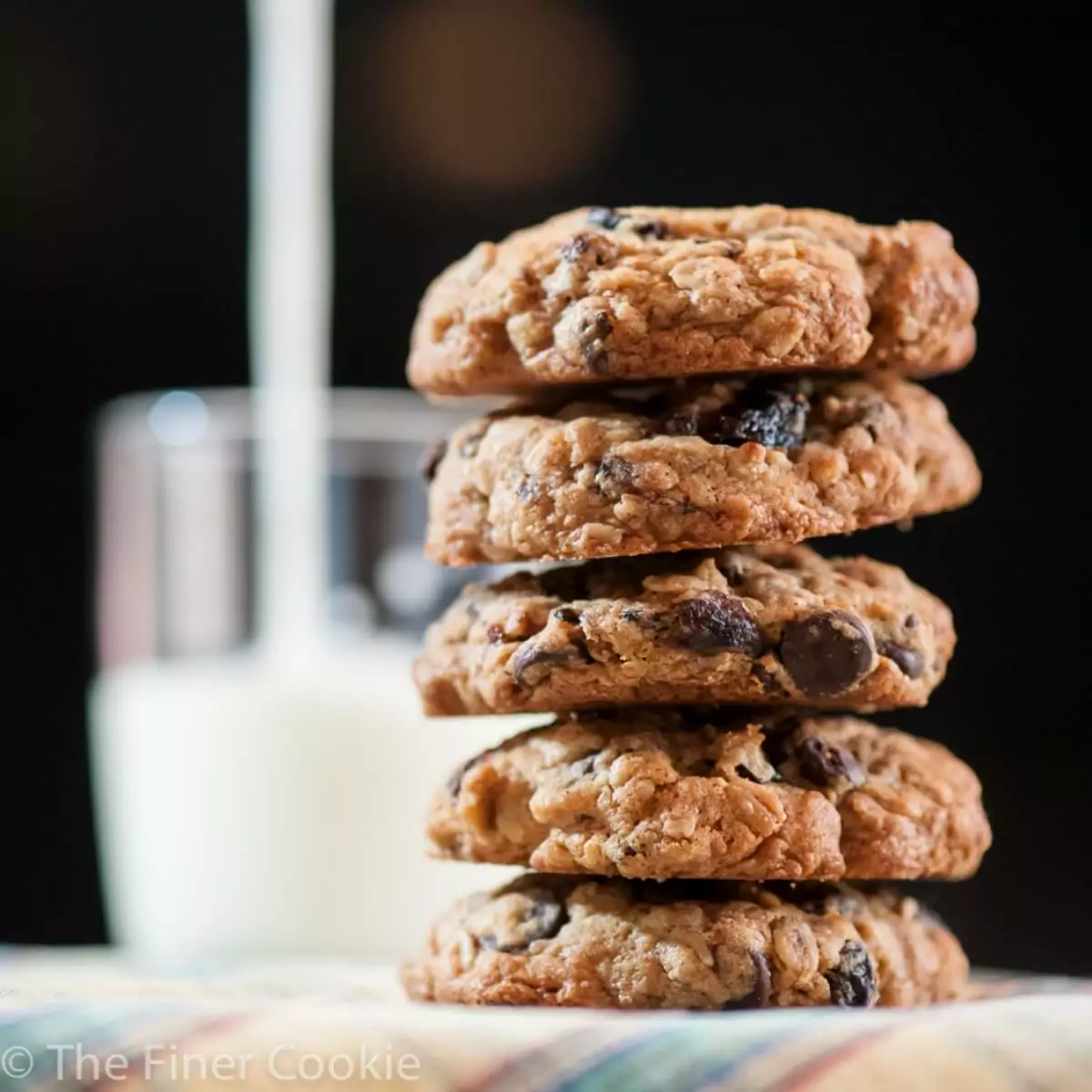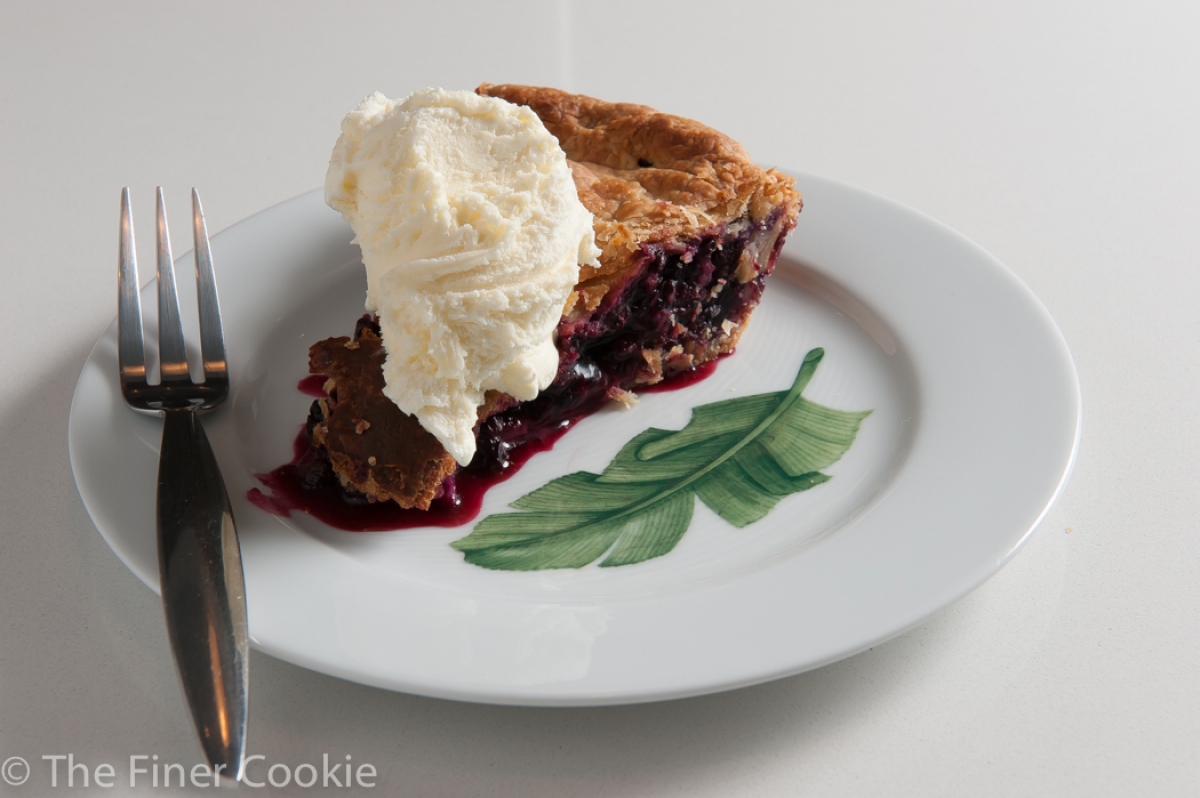
Black and Blueberry Pie
December 18, 2015
Of the two “Bruised” Berry Pies I made, this is the only slice that was photo worthy. Hands down though, they were both delicious. We ate them with soup spoons and our fingers (the fork is just for show). The second pie made a great breakfast, lunch and yes, dinner too. If you read between the lines, I have just told you the whole story.
The Finer Cookie is a participant in the Amazon Services LLC Associates Program, an affiliate advertising program designed to provide a means for websites to earn advertising fees by advertising and linking to amazon.com. This post contains affiliate links, which means The Finer Cookie will receive a small commission if you make a purchase using this link. This modest income helps support the website.
Ingredients

Instructions
PERFECT FLAKY AND TENDER CREAM CHEESE PIE CRUST
- Thank you Rose for this perfect pie crust. I’ve been making it for years, and it always delivers a flaky, tender and faultless texture.
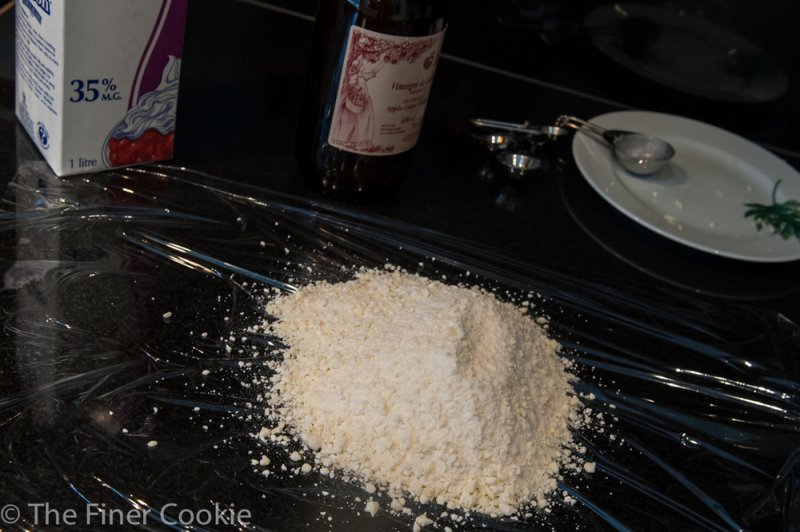
- Typically, I don’t freeze the butter because I lose the feeling of the dough in my fingers. With frozen butter, the pastry doesn’t come together, and I can’t estimate the moisture level, especially this time of year when the humidity level in the house is very low. Still, for this recipe, I chose to follow the frozen butter method to see if there was any difference. I found the experience of working with the frozen butter frustrating because I worked so hard to get it to come together, feeling unsure about it the whole way.
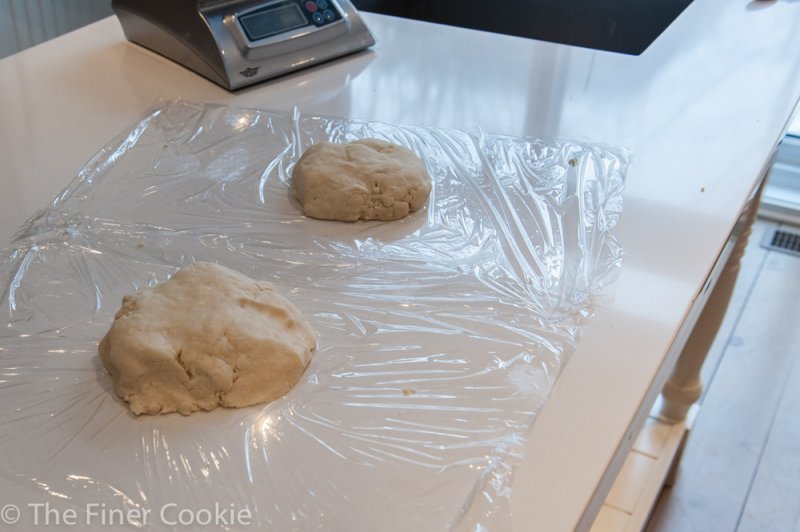
- For me, I enjoy working with pastry that moves in my hands, so I’m going back to working with cold ingredients, rather than frozen ingredients.
- I also want to thank Rose for her suggestion to cut the dough with a 12” disc before placing it in the pie plate.
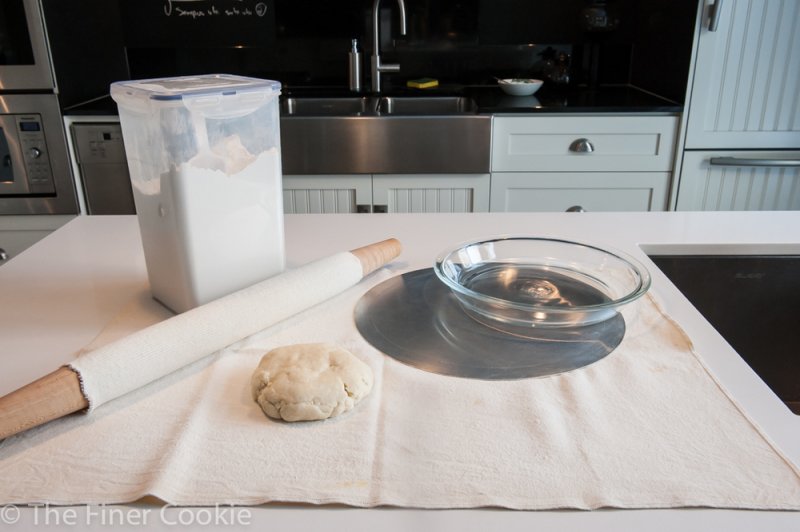
- The symmetry of it is beautiful and makes for a better finished product.
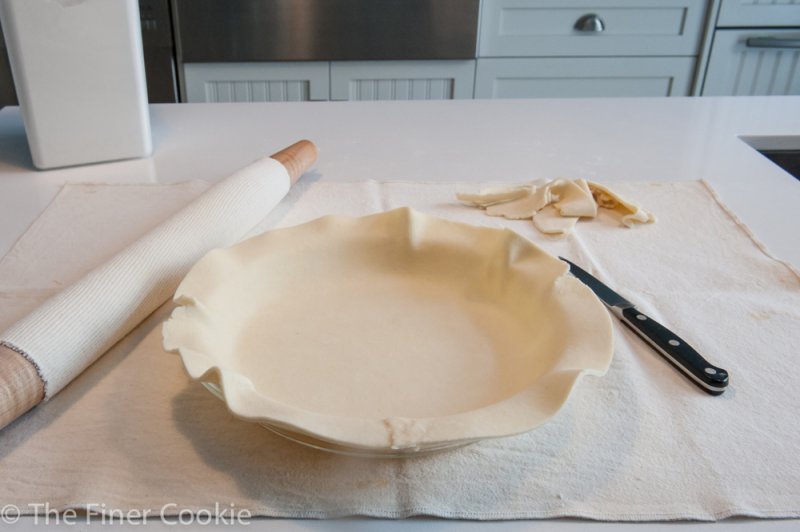
FILLING THE PIE
- I used frozen fruit because it’s the wrong time of year for fresh (too expensive and less tasty). But frozen fruit comes with its concerns.
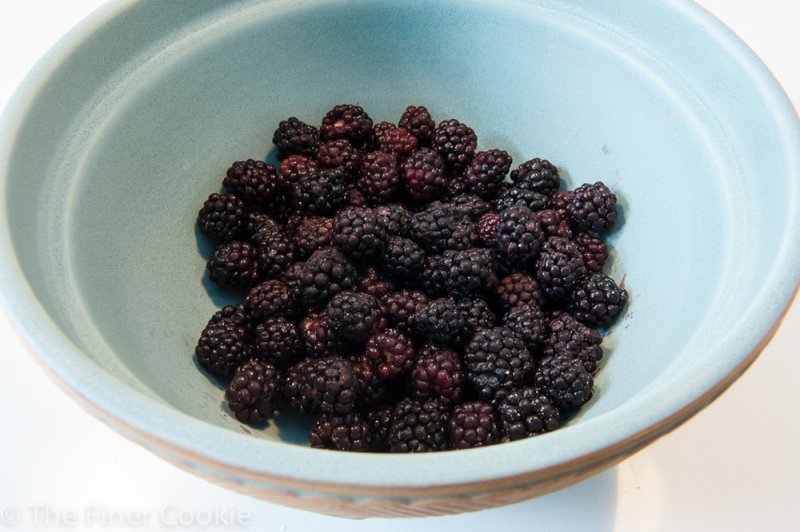
- In other recipes for purees and fruit pies, Rose suggests defrosting the frozen fruit, or macerating the fresh, draining the juice, reducing it, and adding the reduction back into the pie (I’m thinking of one of Rose’s wonderful apple pies I made in this way). Defrosting and draining the juice with these two berries would have completely destroyed their shape, so if I did that, I would probably have gotten a berry jam pie, rather than a whole-berry pie. I chose to treat the frozen berries as though they were fresh. So I set about the making the filling. Lemon, check!
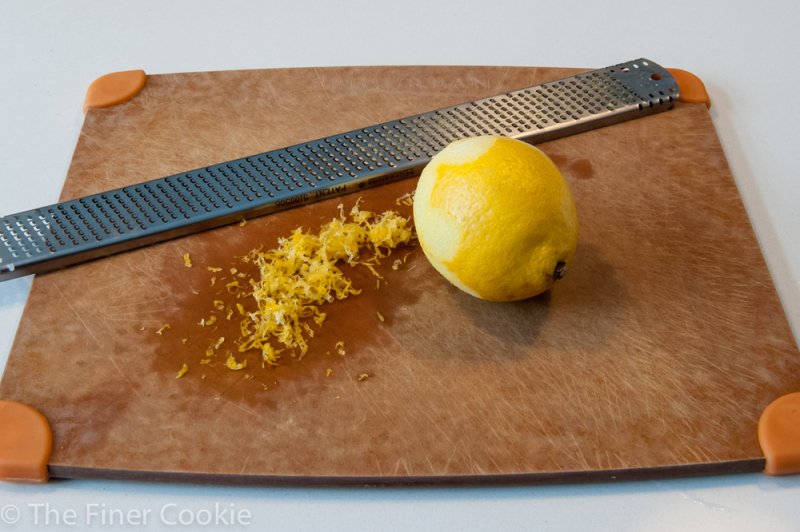
- The frozen filling mixture looked good and I felt hopeful.
BAKE THE PIE
- 20 minutes in the oven I turned it around, and set the timer for another 25 minutes. It was at this moment, everything went to hell in a hand basket. There was so much juice in the pie that it sloshed out of the top crust. I started to panic because my top crust was over browning and soggy at the same time, while the liquid was a long way from thickening. Save the crust? Save the filling? Save the crust? Save the filling? I saved the crust and hoped that when the pie cooled, the liquid would thicken. WRONG
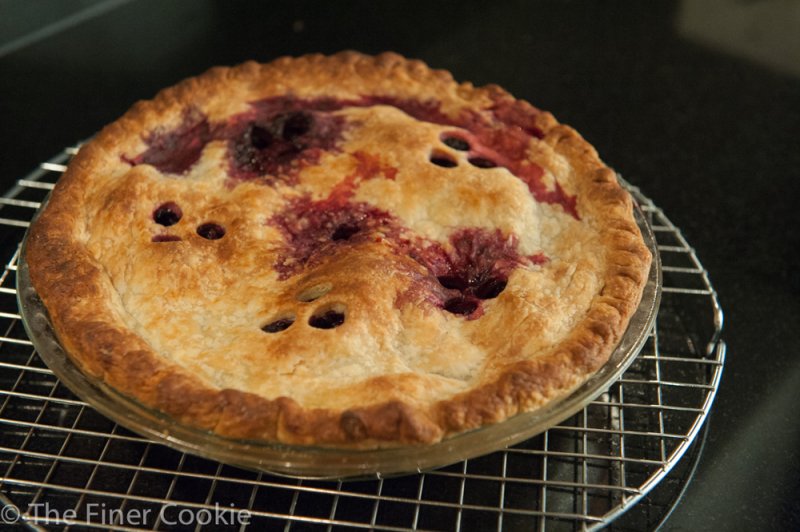
- How do I solve this? My husband (bless his heart) inserted a straw in one of the vents, and sucked the liquid out. He drank and drank, and the liquid just kept coming up the straw! There was an incredible amount. As pride would dictate, I couldn’t show you the picture of him with straw in the pie–too embarrassing.
- Finally, with almost no liquid left, I cut the pie and see what was inside. I found cornstarch residue lying on the bottom of the dish. This said two things: 1) the corn starch sank to the bottom and never would have thickened the juice because it wasn’t fully engaged with the fruit and 2) the cornstarch hadn’t activated and wasn’t in the oven long enough. Bottom line, the pie was a complete mess.
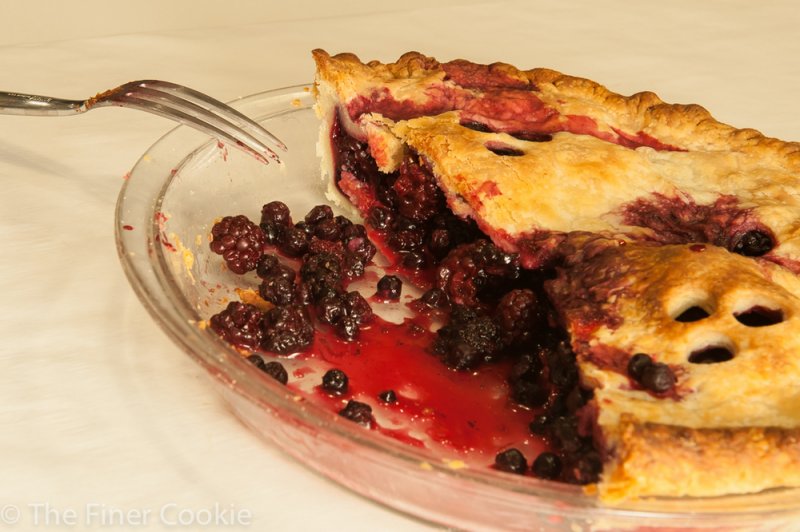
- I called my neighbor who has three young, enthusiastic boys and asked if I could share my pie soup. They very happily said YES!
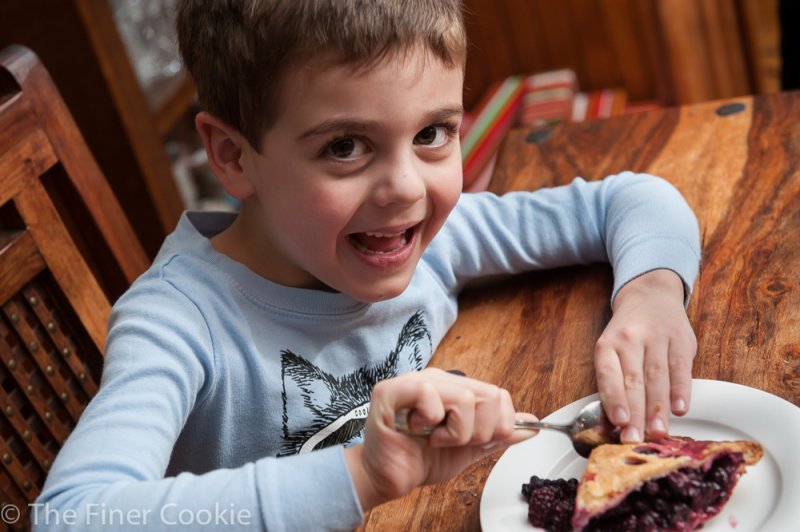
- This failed pie bothered me. I talked myself out of making a second pie. Forget it, Kim…just let it go, but it’s not who I am. I want to learn and I knew that I had to try again. This time I was going to make some changes. First, I’d make more vents in the top crust to allow for maximum evaporation. Second, I’d make a foil ring to protect the crust because I expected it would be in the oven for quite a while, given the fruit was frozen, and given my expectation of too much juice. Third, I’d preheat the oven for a very long time to ensure the stone was fully heated.
TAKE TWO
- I set the second pie in the oven. At about 40 minutes, the juices released just like before. Now, I’m looking for thick bubbles. At about 50 minutes, I still have thin bubbling juice. At about 55 minutes the liquid spit and spattered (maybe exploded) all over my oven (I’m not exaggerating) and the house started to smell of burning sugar. I still didn’t see thick bubbles. At about 60 minutes, the liquid got underneath the pastry and bled all over the pie plate. I still don’t see thick bubbles. 65 minutes. No thick bubbles yet. 70 minutes. Okay, I see thick bubbles. What a disaster. OMG!
- Getting the pie out of the plate was impossible because the sugar had fused the pastry to the plate. Admittedly, the consistency of the filling was much better and enjoyable. Generally, the juice was thicker and the cornstarch had done it’s work, but there was still too much liquid overall. So, the second pie failed for essentially the same reason, but there was one small section of the pie that stayed intact where the liquid didn’t penetrate the bottom crust. This slice I used to take the picture below.
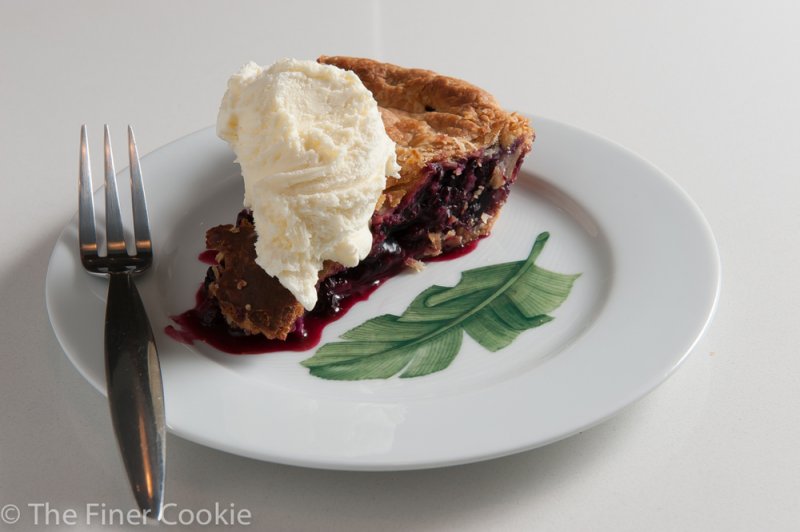
- Conclusion: I think it was the frozen fruit that did me in. When liquid freezes it expands and breaks down the cellular structure; thus, whatever is frozen gives off more liquid than it would have if it were fresh—this includes meat. Maybe blackberries have too much water, more than blueberries, or peaches, or rhubarb. If I had used fresh blackberries, I doubt I would have had this amount of liquid. This is just an amateur guess. Maybe someone can shed some light on why there was so much liquid.
WHAT ARE THE ALPHA BAKERS?
- Here’s how it works: once a week, for the next two years, 25 Alpha Bakers commit to baking their way through every recipe of Rose Levy Beranbaum’s newly published THE Baking Bible . Each week we post our experiences on our blog sites: our successes, our failures, our like and dislikes . The recipes are scheduled in advance so that everyone will be baking the same recipe at the same time. Unfortunately, no recipes can be shared in my Alpha Bakers posts due to publishing restrictions, but if you love to bake, THE Baking Bible is a must-have book. You can see other tutorials for the same recipe at the following link The Baking Bible Alpha Bakers at http://rosesalphabakers.blogspot.ca/
- Labels
- Alpha Bakers
- Tags
- Baking Bible,
- Pie
